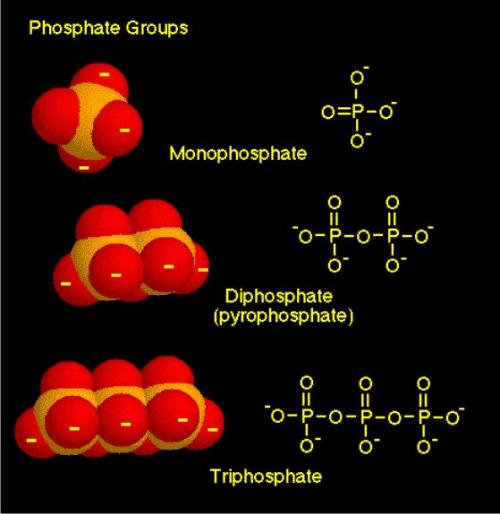Once the peptidyl transferase catalyzed reaction is compete, the P-site tRNA is deacylate and the A-site tRNA has a peptide chain with one additional amino acid residue. Before the next elongation cycle can take place, the peptidyl-tRNA has to move from the A-site to the P- site and the deacylate tRNA has to move from the P-site to the E-site so that it can be released from the ribosome. This highly coordinated movement known as translocation has to be precise so that the reading frame of the mRNA is preserved. Although there is general agreement that the ribosome goes through complex changes during translocation, there is little agreement on the nature of these changes.
Noller has proposed the hybrid-states translocation model shown to explain the movements of mRNA and tRNAs through the ribosome. This model is based on chemical footprinting experiments performed by Noller and Danesh Moazed in 1989 that monitored the progress of tRNA through the ribosomes. They first demonstrated that N-acetyl-Phe-tRNA binds to the P-site by verifying its full reactivity with puromycin. Based on this experiment, they assigned the bases protected by N-acetyl-Phe-tRNA in the 16S and 23S rRNA molecules to the 30S and 50S P-sites, respectively. Then they performed a second footprinting experiment after letting the complex react with puromycin. Puromycin did not affect the 16SrRNA footprint but had a profound effect on the 23S rRNA foot-print. The CCAoH end of the now deacylated tRNA moved so that it no longer protected P-site bases on the 23S rRNA but instead protected E-site bases. The tRNA therefore appeared to be in a hybrid state with its anticodon end still bound to the 30S P-site but its CCAoH end bound to 50S E-site.
This hybrid state is represented as P/E, where the letters before and after the slash indicates the 30S and S0S subunit sites, respectively. Movement from the P/P state to the P/E state takes place spontaneously and requires neither GTP nor an elongation factor. Noller and Moazed performed a second experiment in which they again bound N-acetyl-Phe-tRNA in the P-site but this time introduced aminoacy-tRNA (and not puromycin) to the A site. Footprining performed after the peptidyl transferase reaction showed that the two tRNAs had moved from their A/A and P/P states to A/P and P/E hybrid states. Later footprinting studies showed that EF2 and GTP convert the A/P and P/E hybrid states to P/P and E/E states, respectively. Other models have also been proposed to explain how the tRNA moves through the ribosome. These different models may not be mutually exclusive but rather each may provide a view of a certain aspect of the translocation process. Clearly, much more work needs to be done before we learn how the ribosome's moving parts work together.








